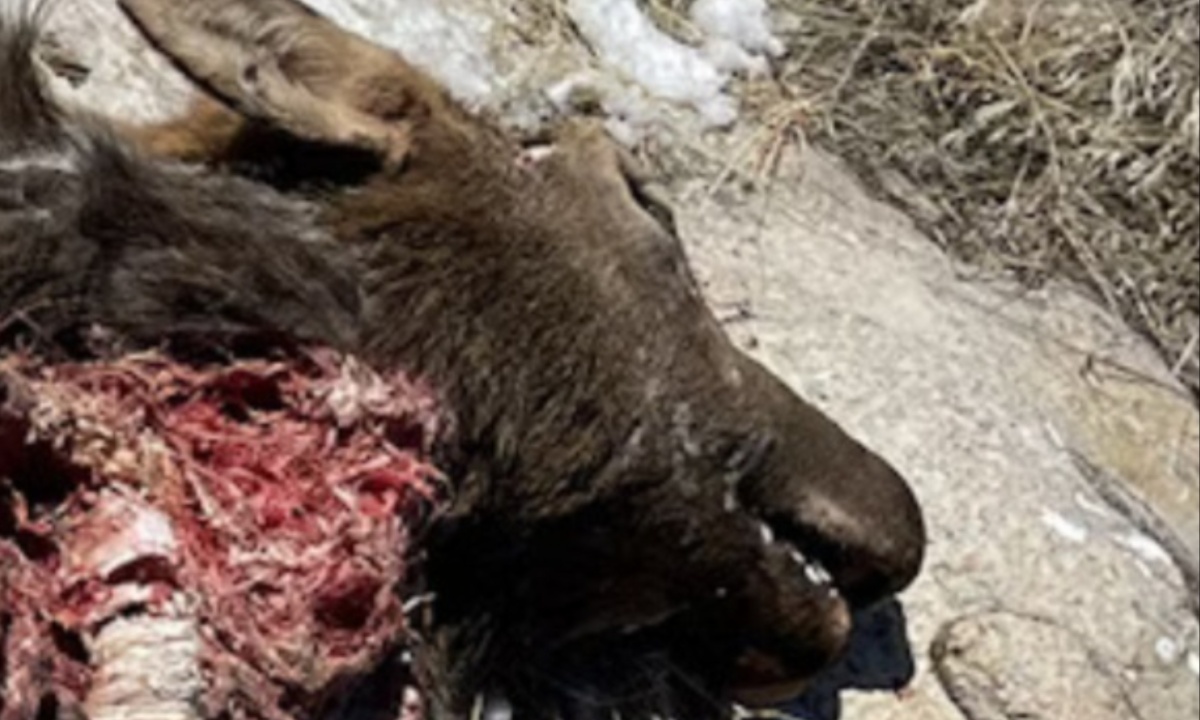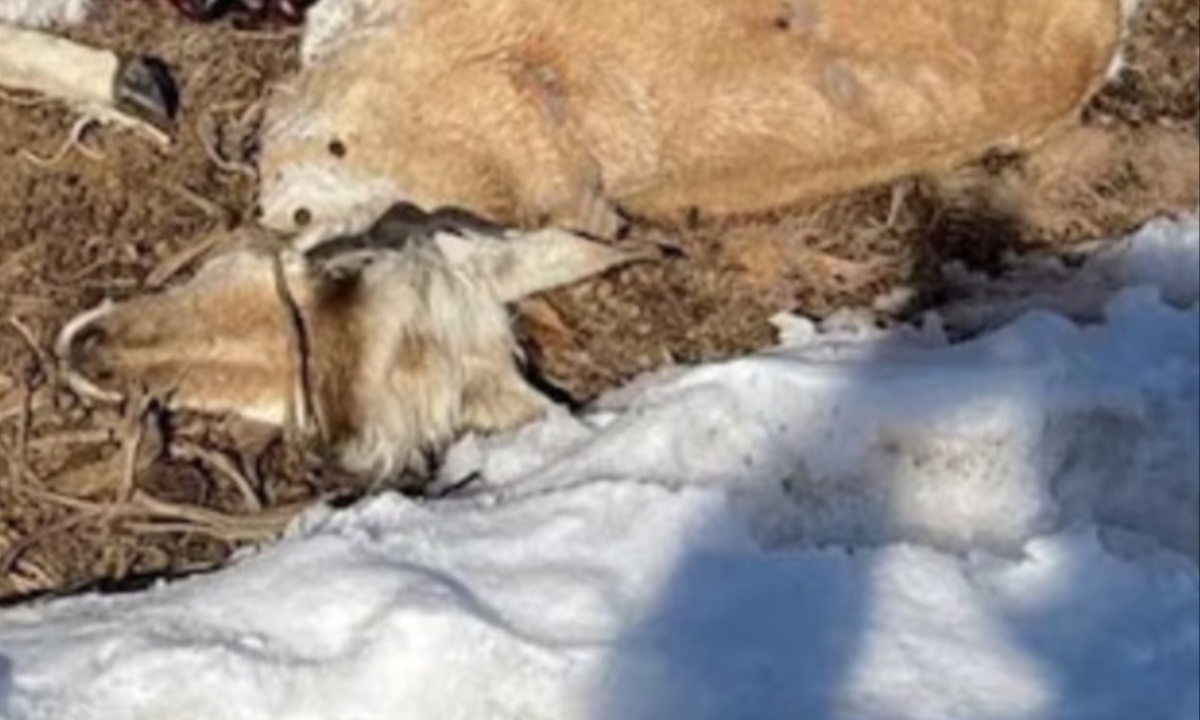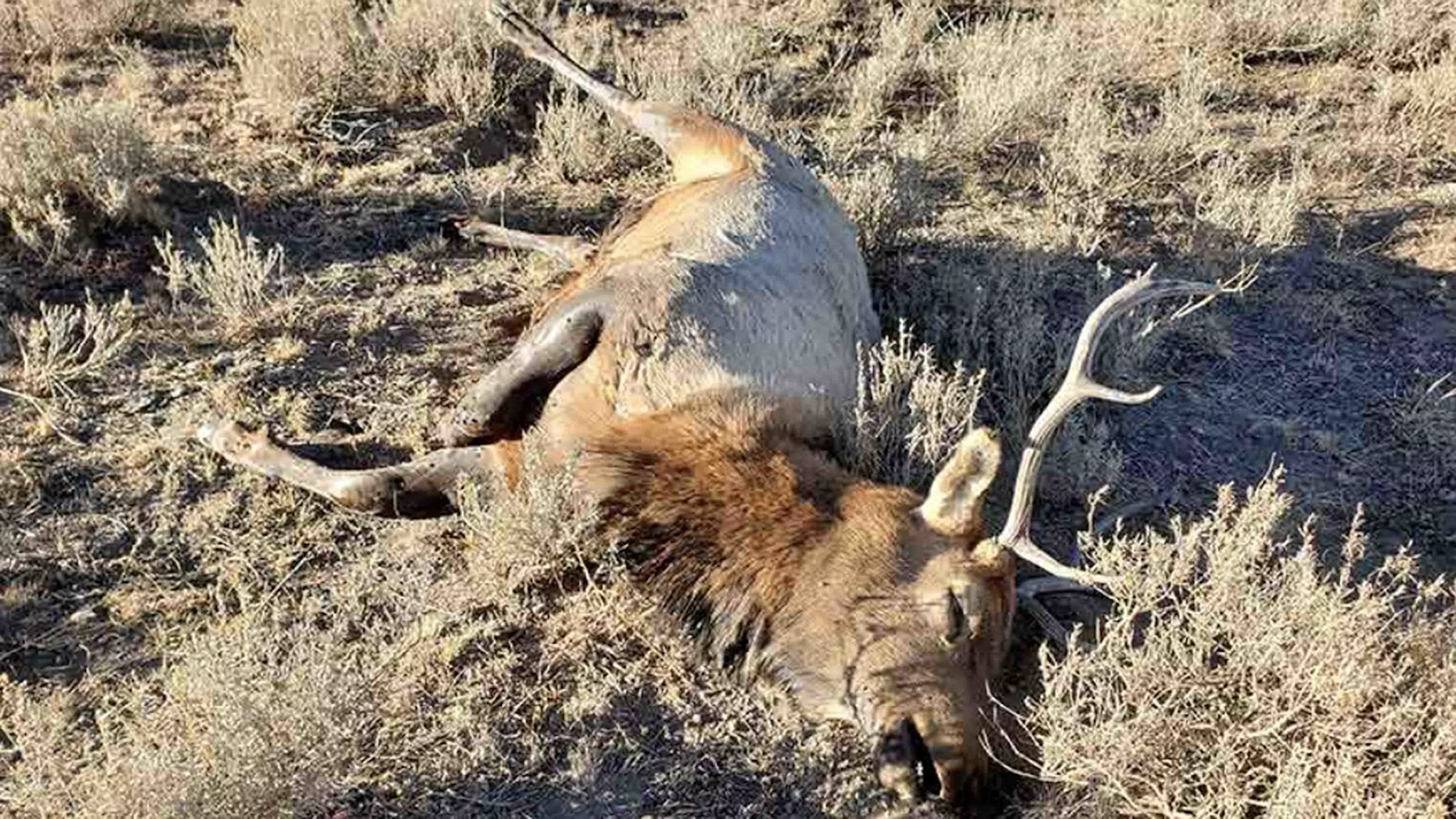Investigating the causes of animal deaths in the wild is an intricate process, particularly when the victim is a large game animal or livestock. Many factors contribute to these deaths, and while predators like wolves, mountain lions, or grizzly bears are often suspected, the truth is not always as clear-cut. These predators, while known for hunting, are also scavengers. As a result, determining whether a predator killed the animal or simply fed on its already deceased body can be a tricky and detailed task.
A key difficulty in identifying the cause of death lies in the overlap between scavenging and predation. Many predators, such as wolves, will feed on dead animals when the opportunity arises. Sometimes, these predators are simply scavenging rather than being the ones responsible for the animal’s death.
Wolves, for example, may find a carcass that is already dead from natural causes and begin eating it. While wolves are often more organized in their feeding habits, pulling out organs or eating specific parts, this can make it difficult to tell if they were the killers or scavengers. Understanding this overlap is essential for accurately determining the cause of death.

Wolves’ Scavenging Behavior: A Strategic Approach
Wolves are known for their scavenging behavior, particularly in places like Yellowstone National Park. When healthy adult bison are too difficult for wolves to hunt, they often turn to scavenging the carcasses of weaker or older bison that have died of natural causes. Wolves use this strategy to survive during times when hunting is less successful.
Their scavenging habits are not haphazard; they often cache the meat they find, either by hiding it or bringing it back to their den for their pups. Wolves may cover the meat with dry vegetation to prevent it from being discovered by other predators, and they take care to avoid leaving their scent behind by using their noses rather than paws.
When trying to determine if a predator was responsible for an animal’s death, physical evidence is crucial. Carter Niemeyer, a seasoned federal trapper from Idaho, emphasizes the importance of closely examining the carcass for specific signs. One of the most obvious clues that an animal was killed by a predator is the presence of bruising, blood clots, and crushed tissue under the skin.
These signs indicate that the animal was alive when attacked, as the blood pressure was still active during the assault. This “grape jelly” effect is a key indicator that the animal did not die from other causes but was actively preyed upon. In the case of wolves, the bite marks may cause bruising or damage that resembles gunshot wounds, adding to the complexity of predator identification.

How to Identify Which Predator Made the Kill
Once it is determined that a predator killed an animal, the next step is identifying which predator was responsible. Different predators leave distinct signs. Bears, for example, typically launch a sudden and aggressive attack, causing large, deep wounds on the neck, shoulders, and back. Mountain lions tend to use more controlled methods, often targeting the neck to suffocate their prey by crushing the windpipe.
On the other hand, wolves tend to bite the hindquarters and flanks of their prey, a result of their chase-and-hunt method. By understanding these behaviors and the resulting wounds, experts can more accurately determine whether it was a bear, mountain lion, or wolf that made the kill.
The ability to distinguish between a predator kill and scavenging plays a crucial role in managing wildlife and livestock conflicts. Dan Thompson, Large Carnivore Specialist with Wyoming Game and Fish points out that understanding these differences is important for determining appropriate compensation for ranchers who experience livestock losses.
If a bear feeds on a dead calf, for example, it doesn’t necessarily mean the bear caused the calf’s death. Instead, it could be a case of scavenging. Accurate investigations help ensure that ranchers are compensated fairly, while also providing valuable data on the diets of carnivores. By studying these interactions, researchers can better understand the feeding behaviors of predators and how they impact both wildlife populations and human livelihoods.
